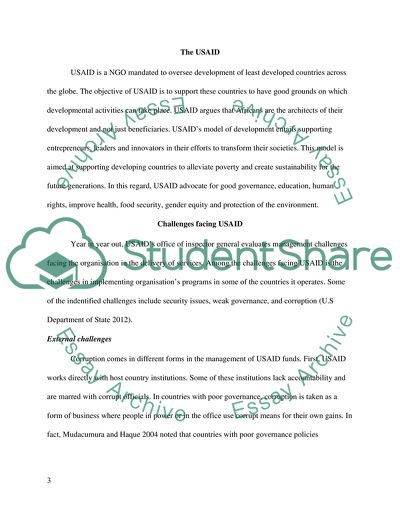Cite this document
(Critique of USAID Governance Essay Example | Topics and Well Written Essays - 3000 words, n.d.)
Critique of USAID Governance Essay Example | Topics and Well Written Essays - 3000 words. https://studentshare.org/social-science/1842497-development-administration
Critique of USAID Governance Essay Example | Topics and Well Written Essays - 3000 words. https://studentshare.org/social-science/1842497-development-administration
(Critique of USAID Governance Essay Example | Topics and Well Written Essays - 3000 Words)
Critique of USAID Governance Essay Example | Topics and Well Written Essays - 3000 Words. https://studentshare.org/social-science/1842497-development-administration.
Critique of USAID Governance Essay Example | Topics and Well Written Essays - 3000 Words. https://studentshare.org/social-science/1842497-development-administration.
“Critique of USAID Governance Essay Example | Topics and Well Written Essays - 3000 Words”. https://studentshare.org/social-science/1842497-development-administration.


